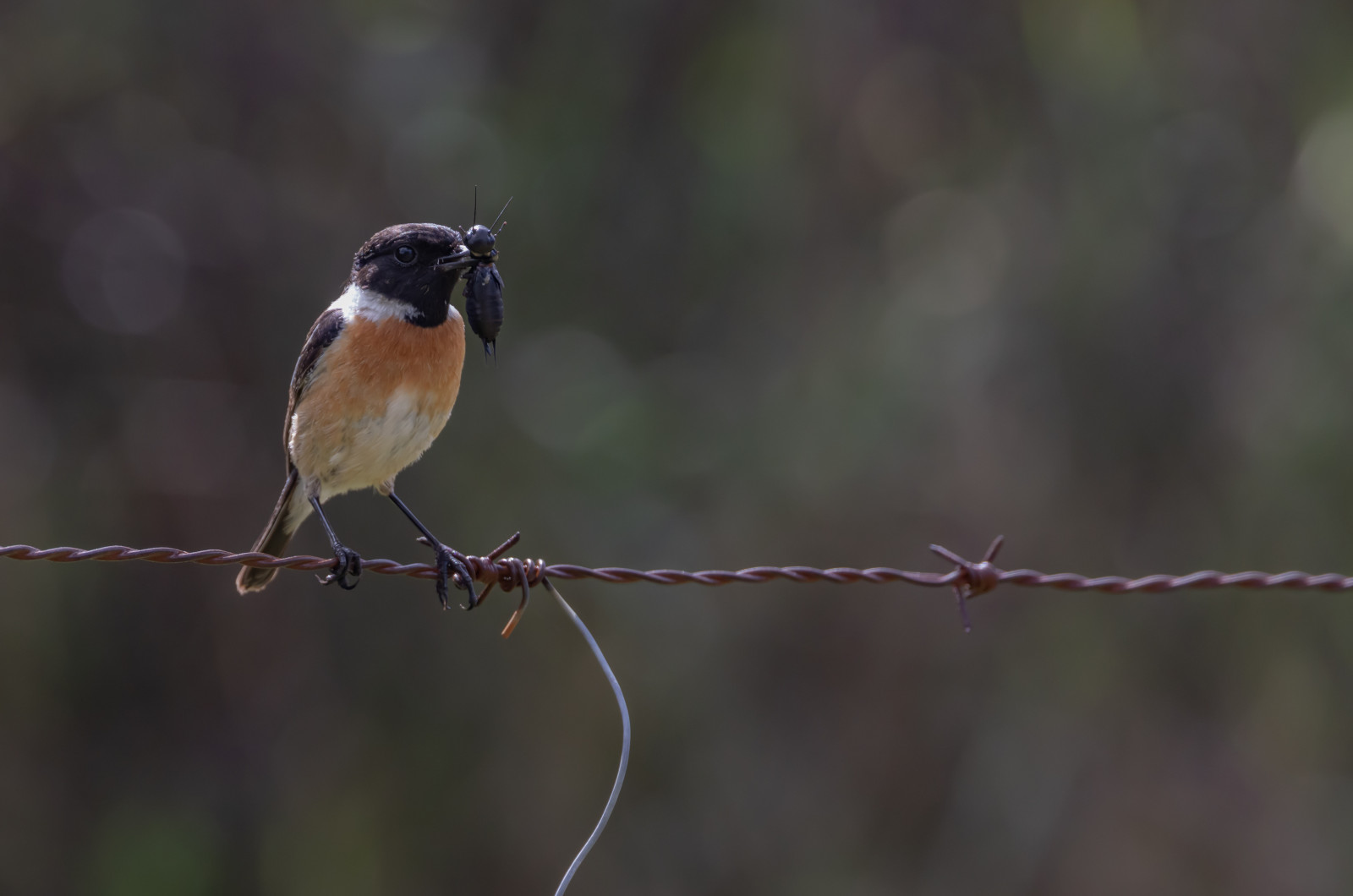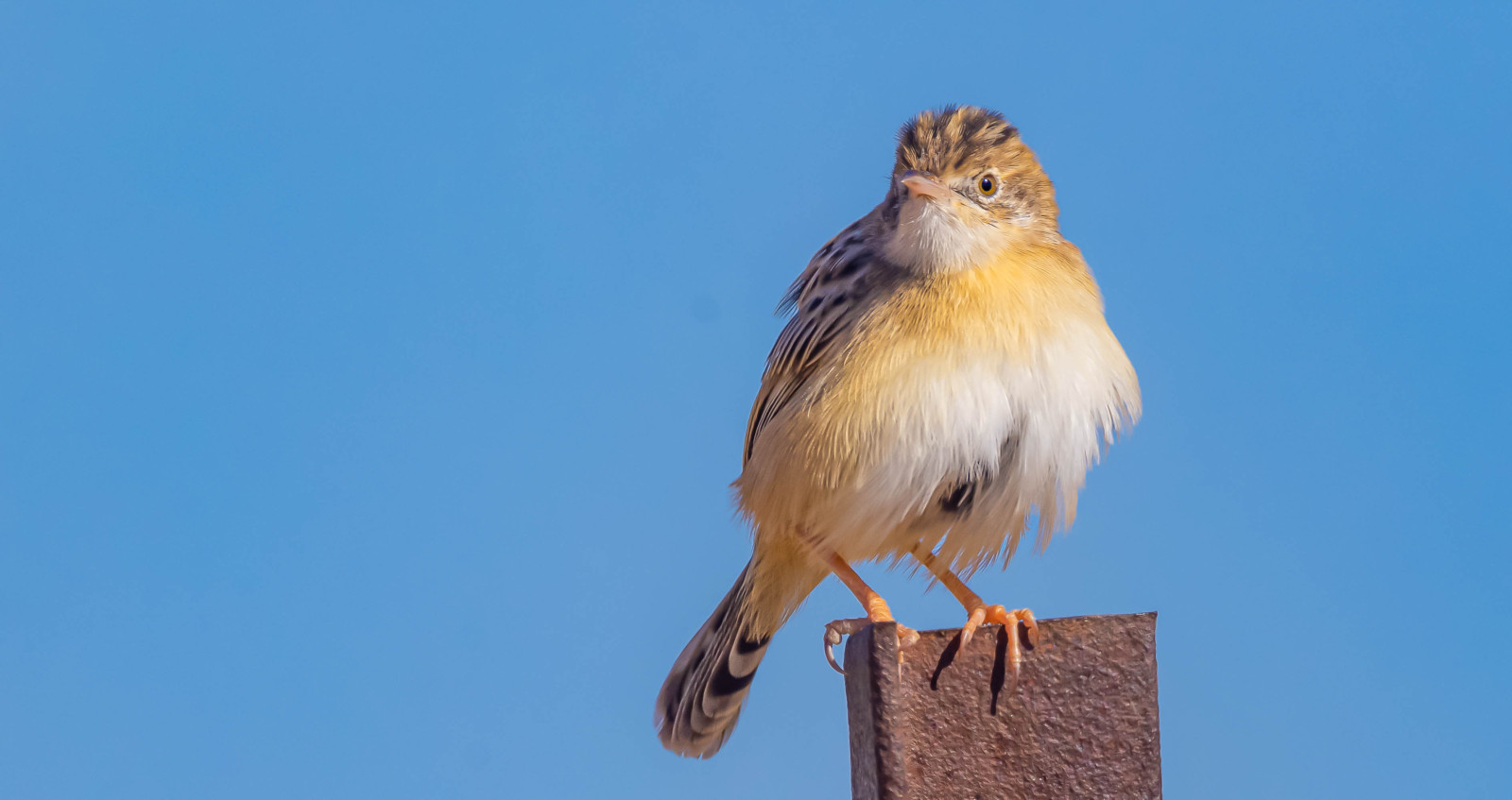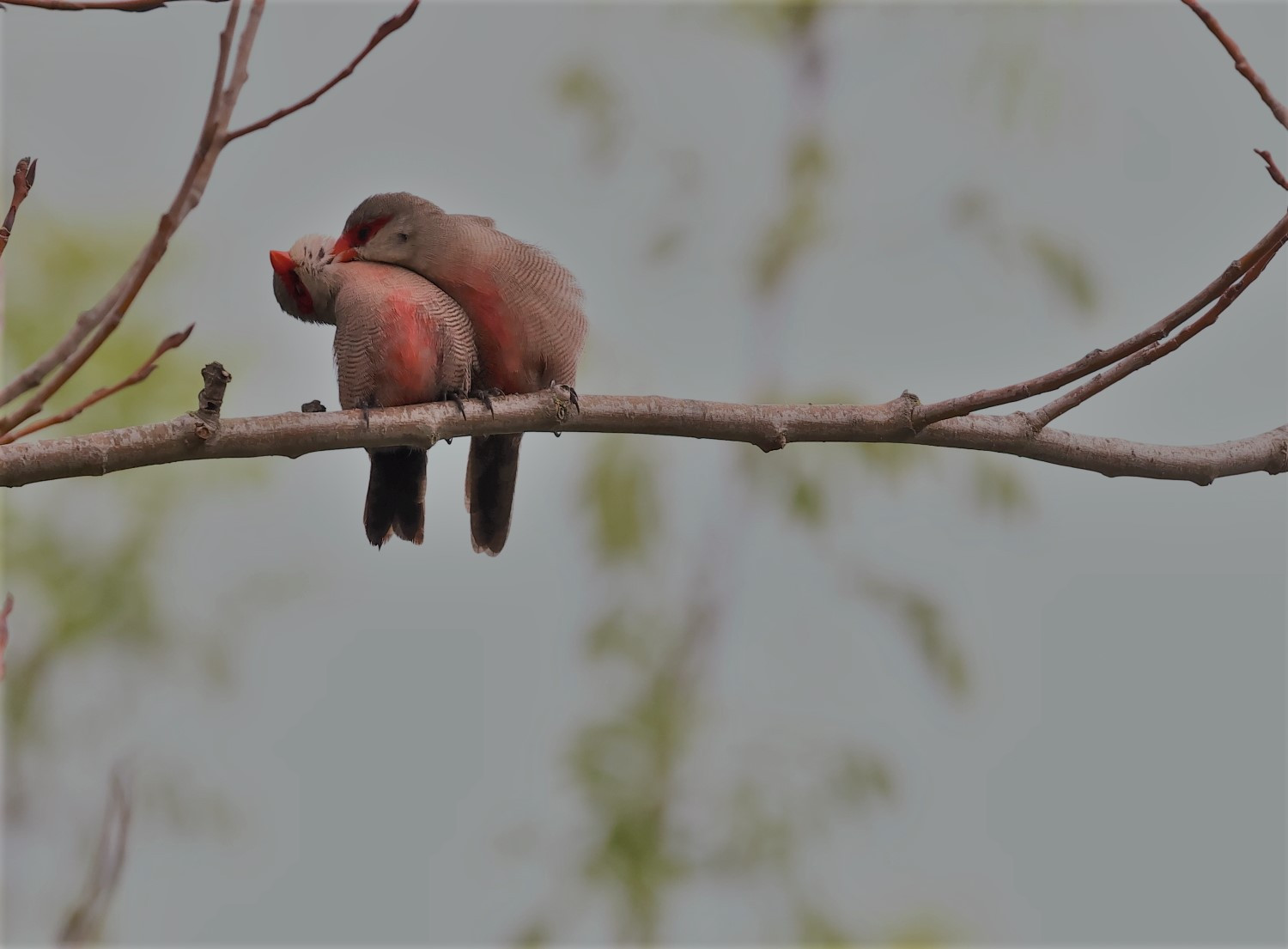Descrizione
The Alcollarín Dam was built on the bed of the Alcollarín River and is situated in an area of dehesa. Most interesting is the shallow northeastern end of the reservoir, but the whole length of the reservoir is interesting. Halfway the reservor is a viewpoint which offers a beautiful view across the whole reservoir. From there a dirt road runs to the most interesting part. There you will find a pool held back by a small weir, surrounded by dehesa. The dead trees that still stand in the water are used as resting and nesting trees. Among the birds you can encounter on and around the reservoir are Sterna zampenere, Pernice di mare, Rondine rossiccia, Martin pescatore, Spatola, Garzetta, Cannareccione, Grillaio, Rigogolo, Cavaliere d'Italia and in winter Gru. But many more, see the birdlist below.
Dettagli
Accesso
Before you reach the village of Alcollarín coming from the west turn left to the dam or coming from the east directly after the villige turn right (see the route on the map below) until you reach the dam and then continue along the eastern bank. Click on a P in the map to get directions to that point.




